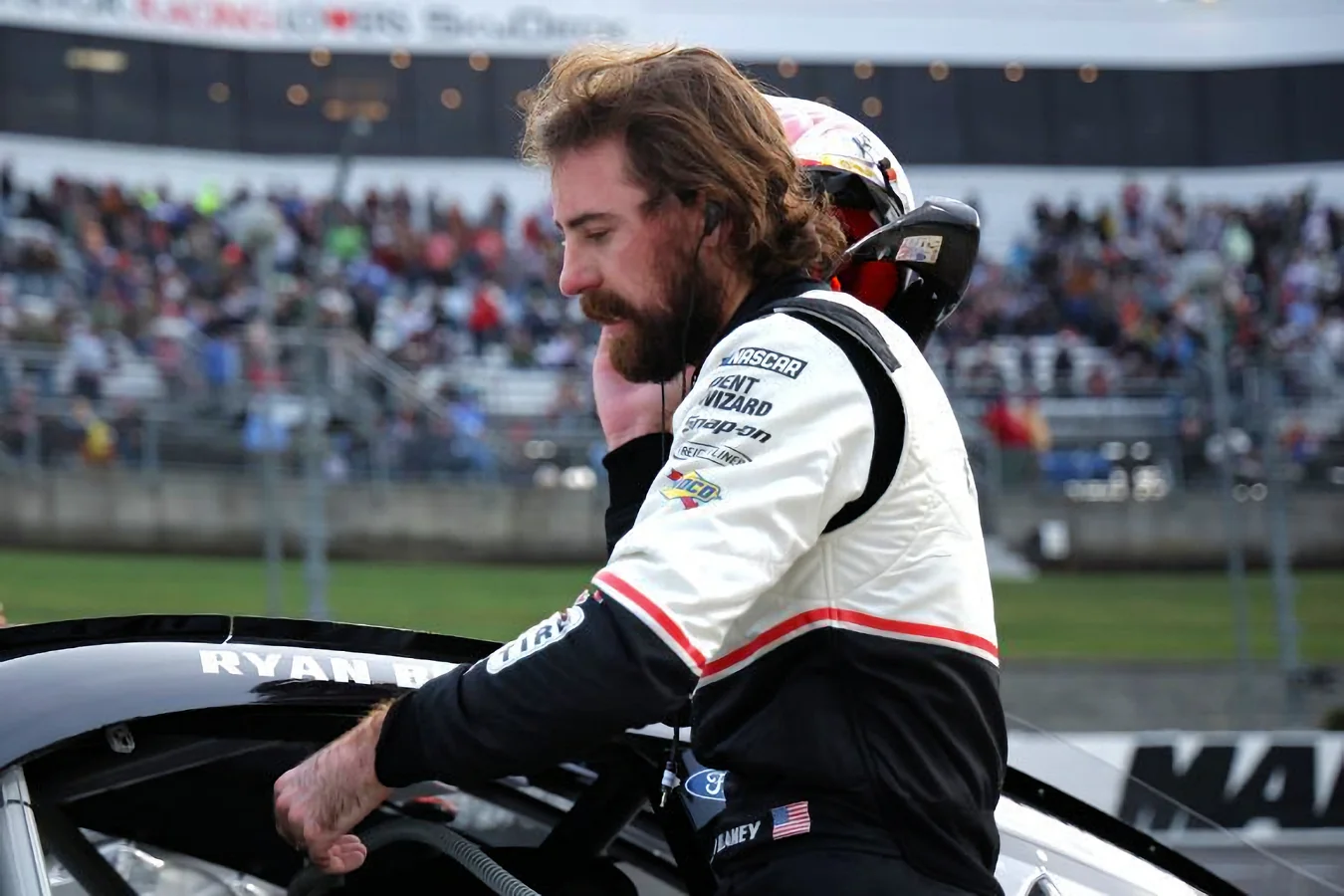William Byron addressed the much-discussed contact with Ryan Blaney during the elimination race at Martinsville, a move that sparked debate over racing etiquette at short tracks. The Ryan Blaney Martinsville race incident has drawn attention not only for how it unfolded but also for what it revealed about competition among top NASCAR drivers in such high-stakes situations.
Moment of Controversy Between Byron and Blaney
The contact occurred as Byron sought to advance in a tight pack, making a decisive move to get past Blaney. Short track racing frequently features aggressive maneuvers, with cars routinely bumping and nudging as they jostle for position. In this particular case, some questioned whether Byron’s action crossed the line separating hard racing from unfair tactics.
Despite what some viewers may believe, Blaney himself dismissed any notion of foul play, having stated the move was within fair bounds. Nearby drivers anticipated a possible payback, especially after Blaney appeared poised to attempt a retaliatory move—a moment that ultimately passed without further incident. This sequence intensified the atmosphere on the track, underscoring how pressure can escalate during elimination races.
Byron Explains His Intentions After the Race
When meeting with the press post-race, Byron directly addressed the circumstances surrounding his pass on Blaney. He emphasized that while aggressive driving is often expected and even celebrated at this stage, his primary aim was to secure a good position, not to cause unnecessary contact.
“Yeah, I mean, that’s what you guys want to see, right? We’re going for it,”
William Byron explained after the race.
“I feel like in that situation, yeah, I never, like, wanted to make contact because I felt like I had a good position, like I was inside of him. We also had the lap car. I can’t see where the lap car is in that instance. I just knew I wanted to commit to the corner and have position.”
— William Byron, NASCAR Cup Series driver
While Byron acknowledged he committed deeply to the corner, he made it clear there was no intent to be reckless. Multiple elements, including a nearby lap car and competitive urgency, combined to narrow his options, leading to incidental contact rather than deliberate aggression.
Context of Racing at Martinsville
Martinsville is known for its close-quarters racing and frequent contact, making incidents such as Byron’s bump on Blaney far from unique. Byron’s door-to-door move pushed Blaney up the track, an event not uncommon and not the harshest altercation witnessed on the famed short track that weekend.
“I hate that we made contact. I think he was probably leaving just enough space, as well,”
Byron continued.
“I was going into the corner committed. That’s kind of fighting for space. Yeah, it’s hard racing. We both want to make the Championship 4. It’s a race win, it’s no ill will. It’s just kind of hard racing, racing for the win.”
— William Byron, NASCAR Cup Series driver
This testimony reinforced Byron’s perspective that the move was a product of intense competition for the championship, not animosity or careless driving. Trying to claim one of the limited Championship 4 spots added further urgency and complexity to every decision on the track.
Implications for the Championship and NASCAR Teams
Byron’s aggressive but calculated driving ultimately paid off—he clinched a coveted position in the Championship 4 with his win. The result sets the stage for a showdown involving two drivers from Hendrick Motorsports and two from Joe Gibbs Racing, highlighting the current balance of power among NASCAR’s elite teams.
The coming finale is building anticipation, as these four contenders—all representing well-established organizations—prepare to compete for the Cup Series crown. With the Ryan Blaney Martinsville race incident now a hot topic, eyes will be on how drivers draw upon lessons learned from Martinsville in the season’s decisive contest.
The outcome of this incident not only clarifies William Byron’s approach under playoff pressure but also adds to the narrative tension as NASCAR heads into its championship battle, featuring drivers and organizations determined to fight for the highest achievement in the sport.
